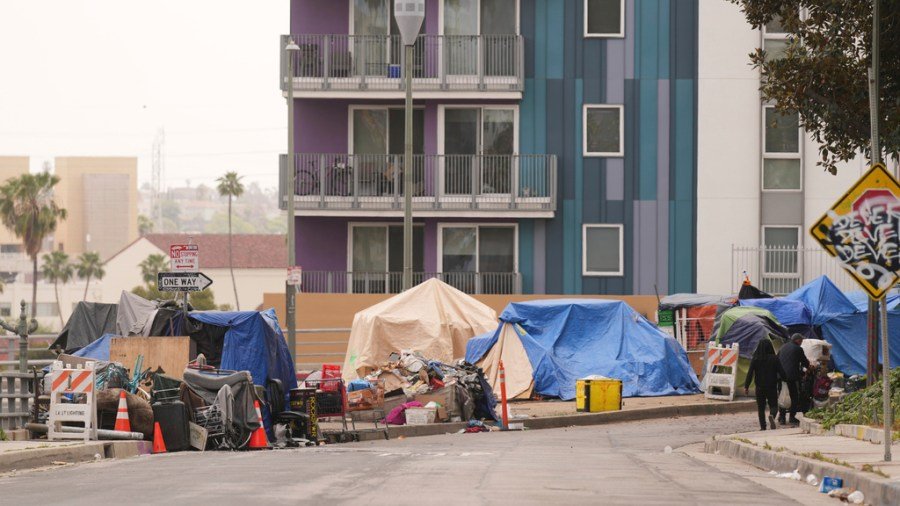
The Trump administration recently announced it will cut proposed funding for permanent housing for the homeless in 2026, from about $3 billion to $1 billion. This has left nonprofits worried that homeless counts will start climbing again.
Ann Olivia, CEO of the National Alliance to End Homelessness, says that these changes could be disastrous for people without a place to live. “HUD’s new funding priorities slam the door on them, their providers, and their communities,” she said. “Make no mistake: homelessness will only increase because of this reckless and irresponsible decision.”
But such arguments are misplaced and distracting. They ignore what keeps people from falling into homelessness in the first place: housing unaffordability. These programs merely create the expectation that government assistance, intended to be temporary, should become permanent.
Research conducted by both my colleagues and me shows that, from 2007 to 2017, annual funding for homelessness programs rose from about $2 billion to $5 billion at the federal, state and local levels. However, funding increased dramatically leading up to and then during the COVID-19 pandemic as an emergency measure under the America Rescue Plan Act, shooting up to nearly $16 billion in 2022 and remaining elevated since then
But this dramatic funding increase did not correlate with a decrease in homelessness. In fact, the funding went up, and so did homelessness, to an all-time high.
States with some of the largest homeless populations in the country have seen similar results. New York and California, for example — each of which dedicated over $30 billion between 2007 and 2024 — saw large increases in homelessness over that same period. On the other hand, states like Texas and Florida, which each dedicated less than $5 billion, saw significant reductions in homelessness.
These findings hold up both in terms of total funding and in terms of funding per homeless person.
So if it wasn’t funding, what would explain the divergence in homelessness across these states? Research suggests points to the fact that states like Texas and Florida built significantly more homes, whereas states like New York and California did not.
This connection is further backed up by research by Gregg Colburn and Clayton Aldern, who show in their book, “Homelessness is a Housing Problem,” that structural factors such as high housing costs and low housing availability explain higher incidences of homelessness more than individual factors such as poverty, race, mental and physical health, substance abuse, job loss, and family breakdowns.
In places like California and New York City, housing costs are too expensive for many people to afford a home larger than what they need. They desperately need to build more homes and lower the cost of living.
Research shows that rent growth increased the most in lowest-income communities amid our nation’s current housing shortage, but regions that built the most homes saw the lowest rent increases. Other research shows that building more homes brings the cost of housing down for lower-income residents, even if those new homes are expensive market-rate homes. Simply put, building more homes drives the cost of housing down for lower-income residents, making it less likely they would be displaced.
There are several less visible reasons why building more homes helps reduce homelessness. One theory posits that building more homes lowers the cost, which leads to people living in homes large enough to have spare bedrooms. This gives people who would otherwise be homeless an opportunity to remain housed in situations that may be imperfect but still at least provide a roof over their heads. For example, someone who loses a job and can no longer afford an apartment could live in a friend’s or relative’s spare bedroom.
While the number of homeless has risen across the country, we are not without the means to address it effectively. My organization, for example, has drafted state-level reforms that could increase the supply of housing and lower the cost of doing so.
By taking steps like these, states can enable making homes abundant and more affordable to Americans. And as a result, they can remain focused on what is really going to lower homelessness.
Kyle Sweetland is the strategic research manager at Pacific Legal Foundation.


